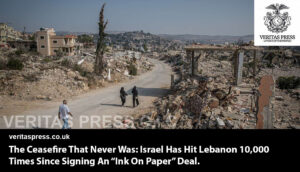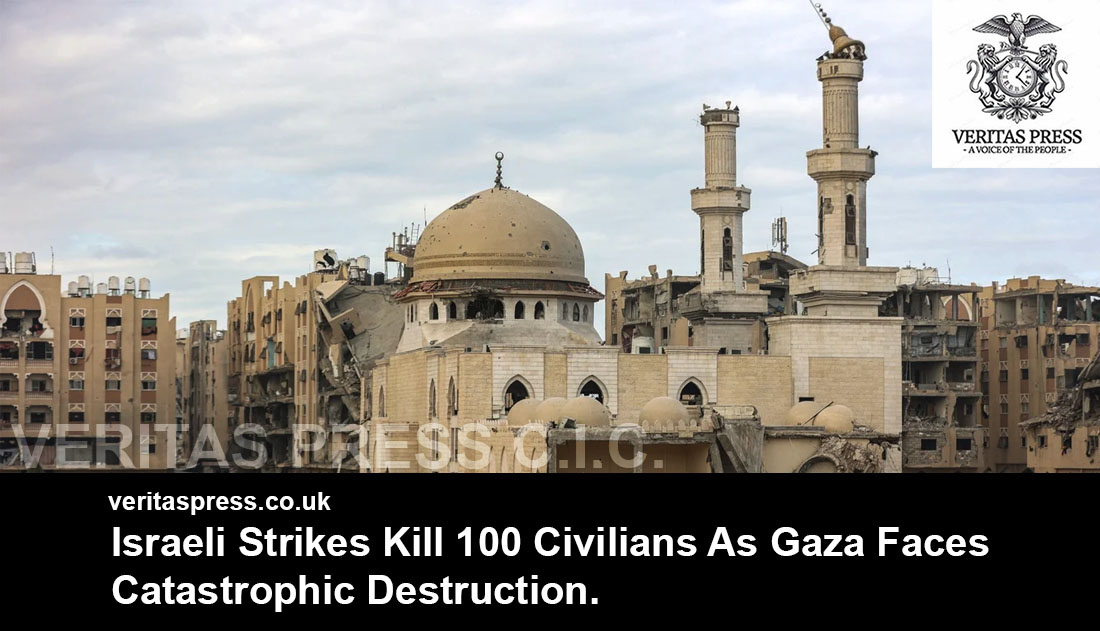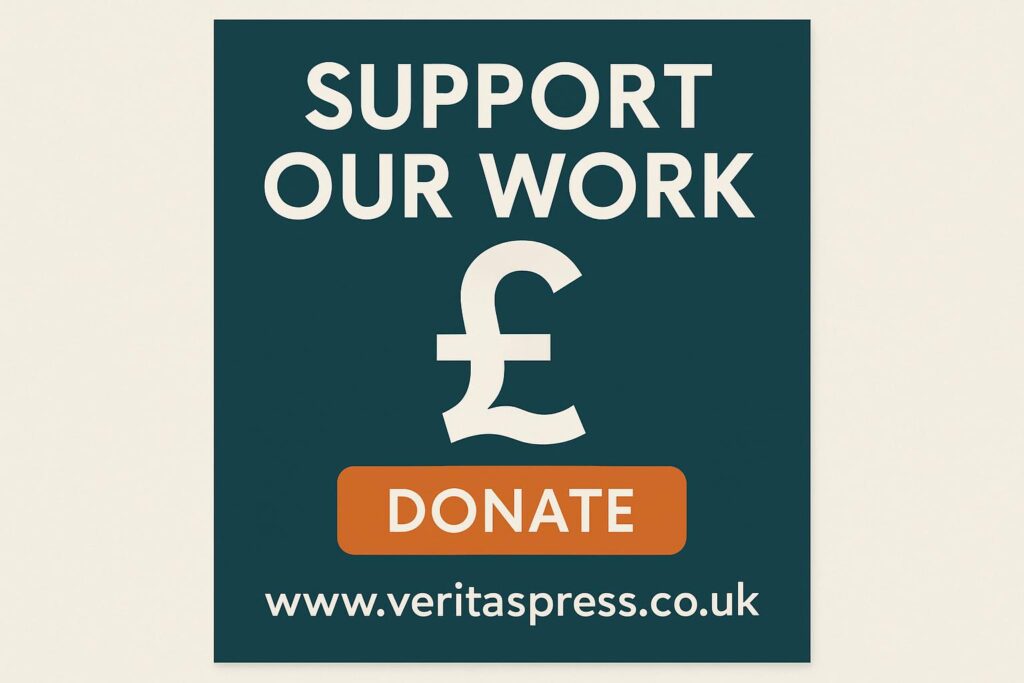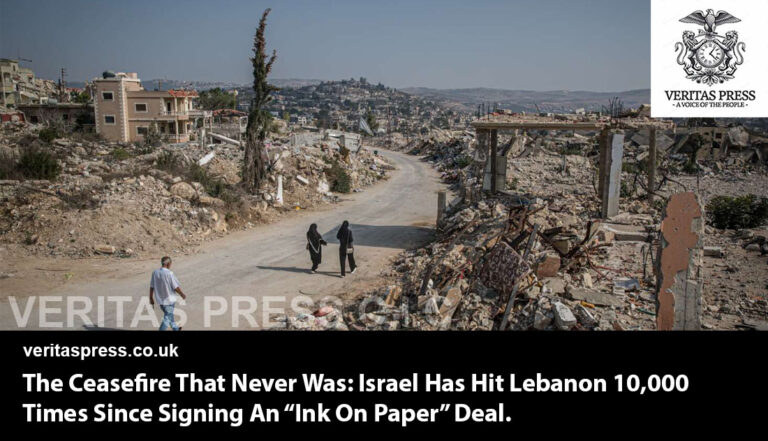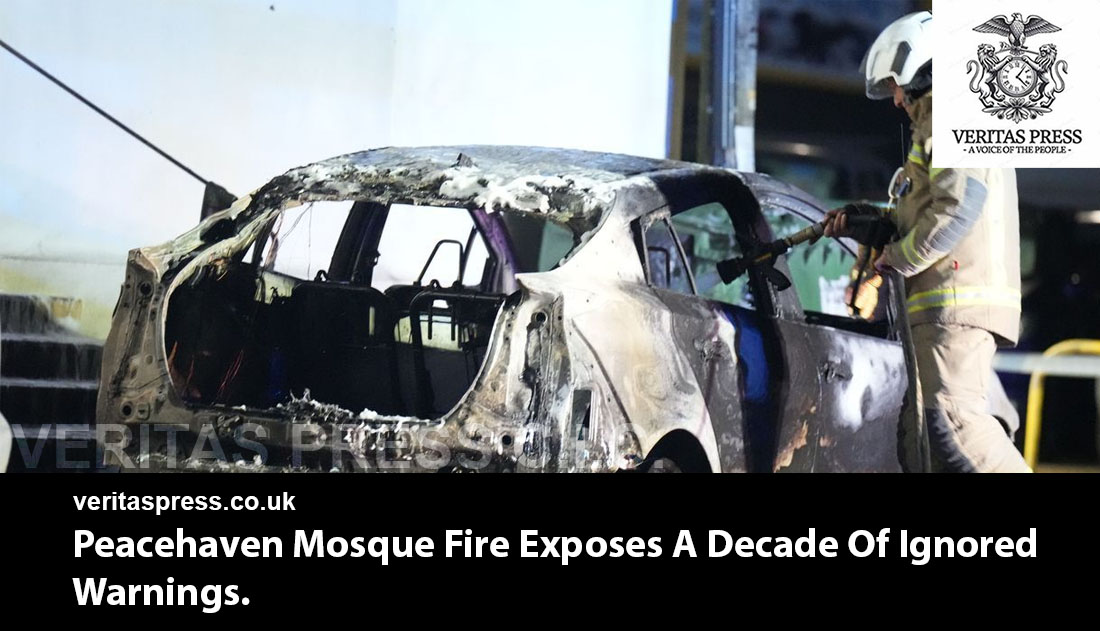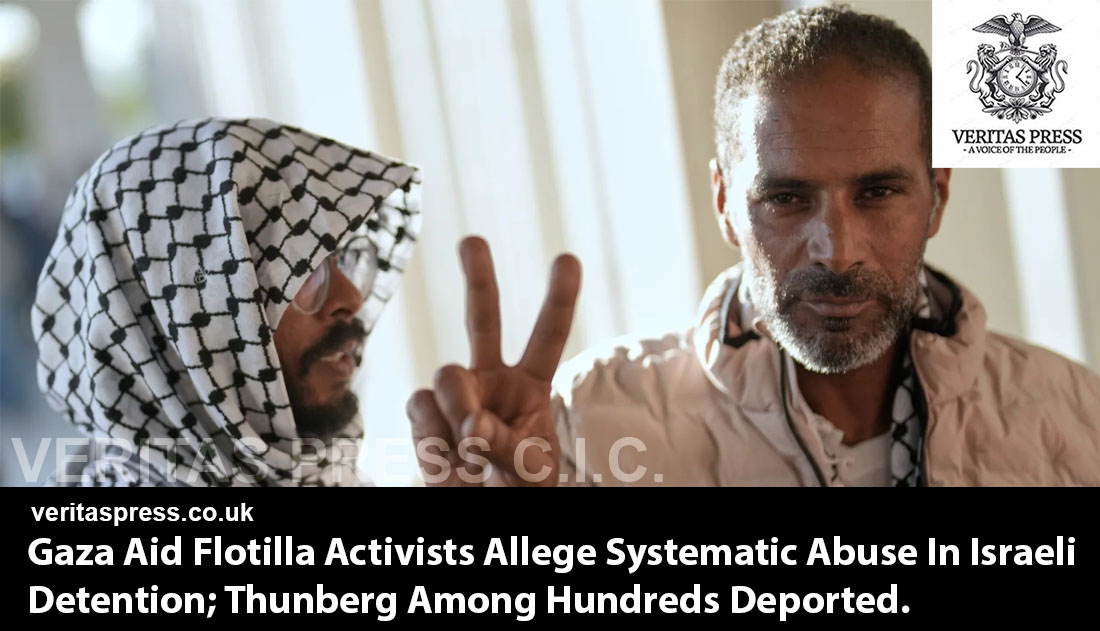GAZA, October 6, 2025 – Israeli airstrikes and artillery shelling have claimed the lives of at least 100 Palestinian civilians over the weekend, including women and children, as the enclave’s destruction reaches unprecedented levels. According to the Gaza Government Media Office, more than 131 air and artillery attacks were carried out over 48 hours, targeting residential neighbourhoods, refugee camps, and aid distribution points. Hospitals in Gaza reported 19 deaths on Sunday alone, 13 of them in Gaza City. Eyewitnesses describe an environment of constant terror, with families sheltering in rubble-strewn homes and medical staff struggling to cope amid shortages of supplies and electricity.
“We are doing our best, but we are running out of resources and time,” said Dr. Samir Al-Qadi, a paediatrician in Gaza City. “Children are dying of malnutrition and injuries that we have no means to treat properly.”
Unprecedented Destruction And Humanitarian Collapse:
The scale of devastation in Gaza is staggering. According to the Government Media Office, over 90% of the territory has been destroyed, and Israeli forces now control more than 80% of Gaza through invasion, bombardment, and forced displacement. Hospitals, schools, mosques, and aid distribution centres have been systematically targeted: 38 hospitals are either destroyed or out of service, and 95% of Gaza’s schools have been hit. Over 1.5 million people require emergency shelter, while famine conditions have left at least 460 people dead, including 154 children.
“We’ve seen entire neighbourhoods disappear,” said local activist Amal Nasser. “People are fleeing with nothing. Every time they try to find safety, another strike follows them.”
UN reports indicate that one in five babies born in Gaza is either premature or underweight, highlighting the catastrophic toll on health and nutrition. Hospitals continue to record deaths caused directly by malnutrition and lack of medical care, while displaced Palestinians risk further attacks as they attempt to reach southern Gaza.
Coercion Behind The 20-21-Point Peace Plan:
Amid this ongoing violence, the U.S.-backed 20-21-point peace plan has become a tool of coercion rather than negotiation. While Hamas agreed to release all Israeli captives, it rejected the disarmament of Gaza and the involvement of foreign troops, key stipulations of the plan. Yet Israel continues its bombardment, clearly seeking to force acceptance of the plan through military pressure.
“The plan is not a peace agreement; it’s a strategy to break Gaza’s will,” said Palestinian analyst Dr. Hani Al-Masri. “The asymmetry of power and military escalation makes true negotiation impossible.”
Arab states have remained largely rhetorical, urging Hamas to comply while offering little pressure on Israel to halt its attacks. Meanwhile, the U.S. President Donald Trump has presented the plan with performative grandeur, framing himself as a broker of peace and touting the potential for a Nobel Peace Prize, even as civilians continue to die and Gaza’s infrastructure collapses.
Eyewitness Accounts And Local Perspectives:
Eyewitnesses report ongoing violence despite ceasefire negotiations in Cairo. Residents of Tal al-Hawa and Al-Nasr neighbourhoods described explosive barrels dropped by drones and remotely controlled vehicles. Aid seekers gathering near the Gaza Humanitarian Foundation (GHF) were shot, resulting in multiple fatalities.
“We cannot run anywhere safely,” said Ahmad, a resident of Gaza City. “Even the streets where we think we can get aid are being shelled.”
Doctors and civil defence teams continue rescue operations under dangerous conditions, often working without fuel or sufficient equipment. Volunteers report that bodies are sometimes recovered hours after attacks, while survivors endure psychological trauma and loss of homes and family members.
International Response And Accountability:
The international community has repeatedly called for an immediate ceasefire and the protection of civilians, yet deadlines for halting hostilities have been ignored. Human rights organisations condemn the targeting of civilians, hospitals, schools, and aid infrastructure as violations of international law.
“These are deliberate attacks on civilians and essential infrastructure,” said a spokesperson for Human Rights Watch. “The scale and nature of destruction in Gaza may amount to war crimes.”
Analysts argue that the impunity enjoyed by Israel reflects a structural failure in international enforcement mechanisms. Despite the ongoing slaughter, global powers have largely limited themselves to diplomatic rhetoric, failing to impose enforceable measures that could protect civilians.
Conclusion: Coercion, Complicity, And The Human Cost.
The continuation of Israeli military operations in Gaza, well beyond the October 5 deadline of the 20-21-point peace plan, reveals a systematic campaign of coercion, structural violence, and human suffering. Families are trapped, medical systems are overwhelmed, and humanitarian aid is often rendered inaccessible.
The plan’s push for Hamas to comply illustrates a stark asymmetry in negotiating power: military escalation is wielded as leverage, Arab nations largely offer rhetorical support, and the U.S. presents the plan with performative grandeur. Meanwhile, civilians bear the brunt of the destruction.
Gaza has become both a theatre of war and a testing ground for coercive diplomacy. Tens of thousands of deaths, mass displacement, famine, and the psychological trauma inflicted upon survivors testify to the human cost of these policies. Without enforceable accountability, the repeated targeting of civilians and infrastructure risks becoming normalised, setting a dangerous precedent for modern conflicts.
Gaza’s civilians are not collateral damage; they are witnesses and victims of a systematic campaign of destruction whose consequences will reverberate for generations. Immediate humanitarian action, binding international pressure, and transparent investigations into violations of international law are essential to prevent further atrocities and to work toward a just and sustainable resolution.


